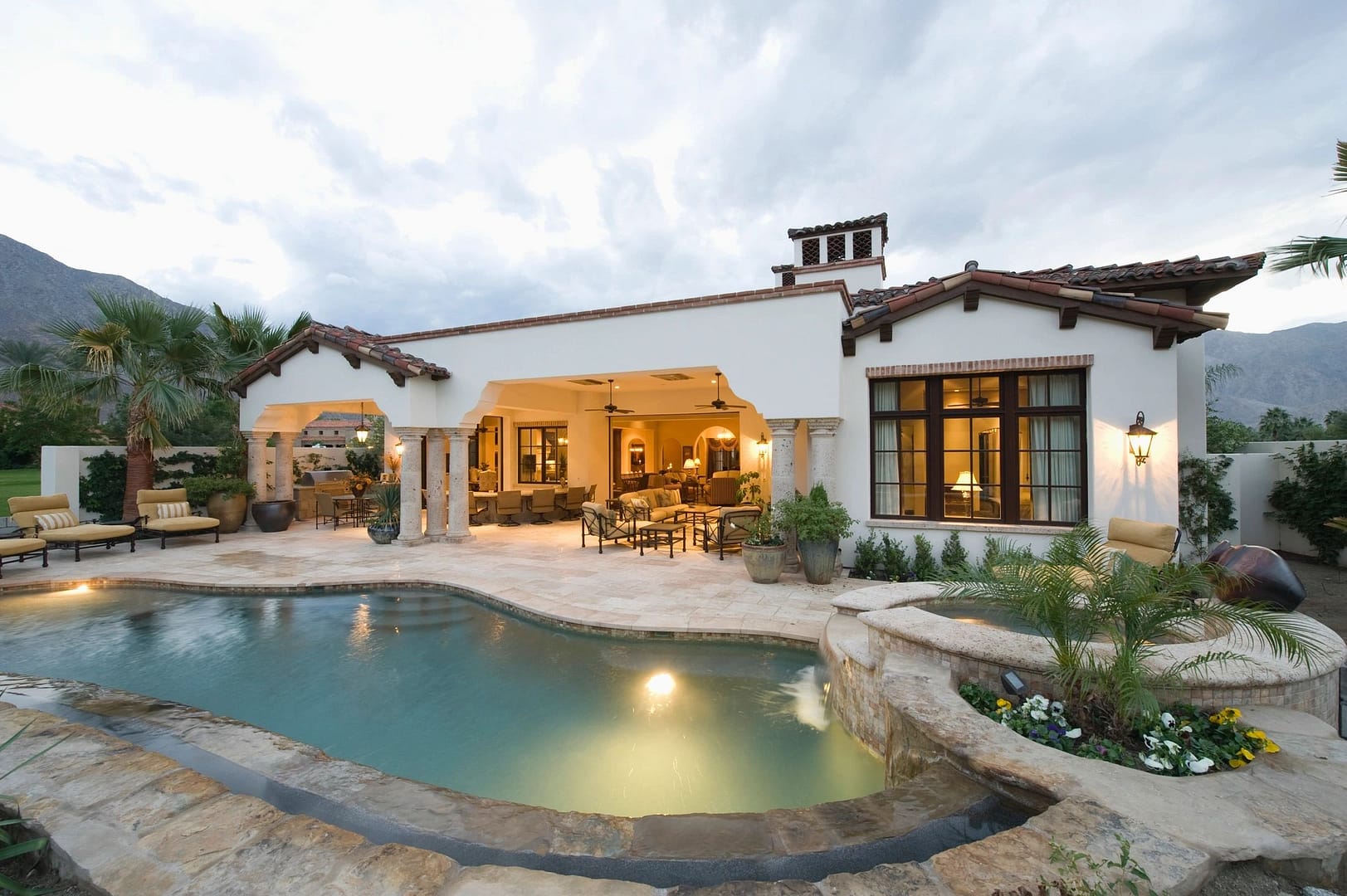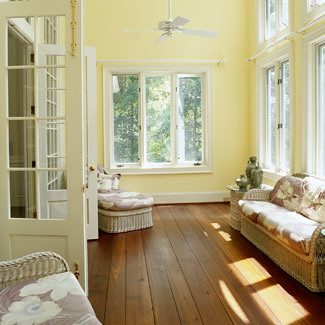It can be a daunting prospect putting your house up for sale. There are lots of uncertainties, from a fickle housing market, to whether you’ll get enough viewers through the door and, ultimately, how long it might take to get any offers rolling in. Whilst you can’t control everything, there are lots of ways you can make your home more attractive to potential buyers, and add value to it. Here are 10 of the hottest home improvement tips to add worth to your abode.
An Attic Conversion
Potential homebuyers find the prospect of an attic conversion an attractive proposition, with it adding about 20% to the value of your property. But, again, make sure it is well designed and laid out, and that access to the loft is easy and you can stand up fully when inside!
A Kitchen Re-fit
The kitchen is one of the most important rooms in a home, and many property experts argue that homebuyers place a lot of emphasis on the kitchen when it comes to deciding to purchase a property or not. Getting your kitchen re-fitted if it is looking tired and dated can be a wise decision. And although it doesn’t come cheap, it will add value to your home.
Install Central Heating
If you don’t have modern central heating in your home, then you’re at a distinct disadvantage when it comes to selling your property, no matter how appealing the rest of your house is. No potential home buyer wants the inconvenience, disruption and expense of having to get this installed, so you may struggle to clinch that all-important sale without it. Even just having a dated boiler can be enough to put potential buyers off. If you really want to add value to your home then get central heating installed and ensure you have an energy-efficient boiler.
A Driveway
With most families owning more than one vehicle these days, having somewhere on the property to park it, is a desired scenario. If you want to add value to your home, maximise the parking potential at the front of your property. Get any driveway repairs done and consider paving over unused areas at the front to make space for an additional car.
Add a Sun Room
Adding a sun room or conservatory will boost your home’s appeal, with estimates of around a 7% increase in value to your property. Make sure your conservatory is well built and fits in with the style of the rest of the house. This extra living space can be a real bonus but make sure that you don’t swallow up too much of your outdoor space when erecting it, as reduction in garden, especially if it’s already small, may cancel out any positive effects from building the conservatory.
Repair Any Roof Problems
Any problems with your roof will soon come to light, even if they aren’t visible to the naked eye. Most home buyers organize a professional survey, which will soon pick up roof issues, potentially slashing the value of your property. Protect your home and its value by sorting out any roof problems as soon as possible, before they get any worse.
Decorate
Adding a fresh lick of paint to your house (both inside and outside) can brighten it up and boost its appeal. If you’re trying to sell your home, opt for neutral, light colors that increase the sense of space in a room and make it easier for prospect buyers to visualize living there.
Add Curb Appeal
Adding curb appeal to your home can increase its value and make those first initial impressions of your property positive ones. Simply by painting your front door, adding some flowers in a hanging basket, sprucing up the garden, or cleaning the windows can make your home a more attractive proposition.
Add another Toilet or Bathroom
With many homes now having more than one toilet or bathroom, you could put yourself at a disadvantage if you only have one. Many families find the extra facilities a godsend, so if you want to add value to your home consider converting the under stairs cupboard into a toilet or add another bathroom if any spare space allows it.
Insulate Your Home
Energy bills are expensive enough these days, so making sure you insulate your home can reduce the cost of your bills and your energy usage. This makes for an attractive prospect for anyone looking to buy your home, and can add value to your Orlando property.








